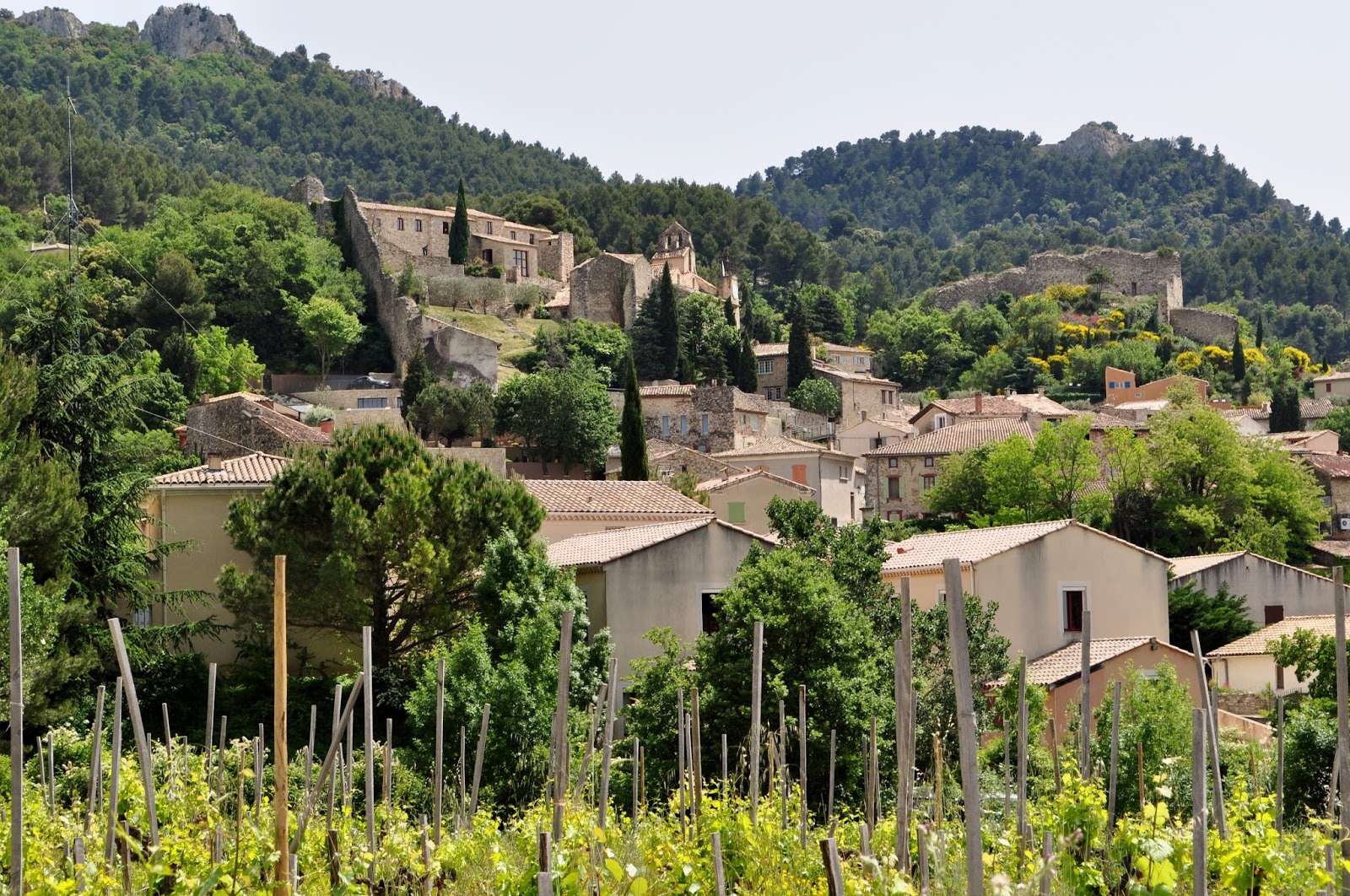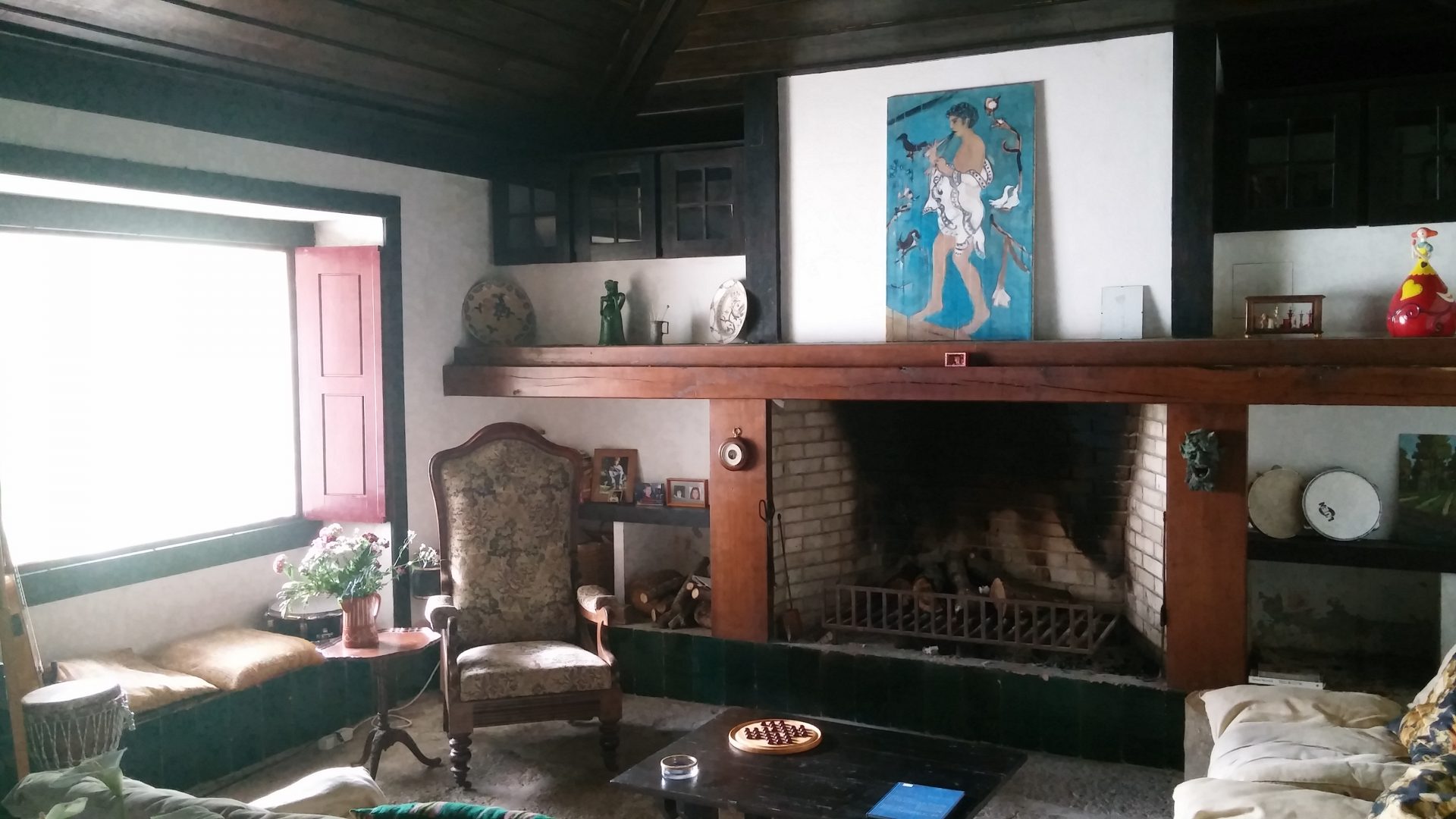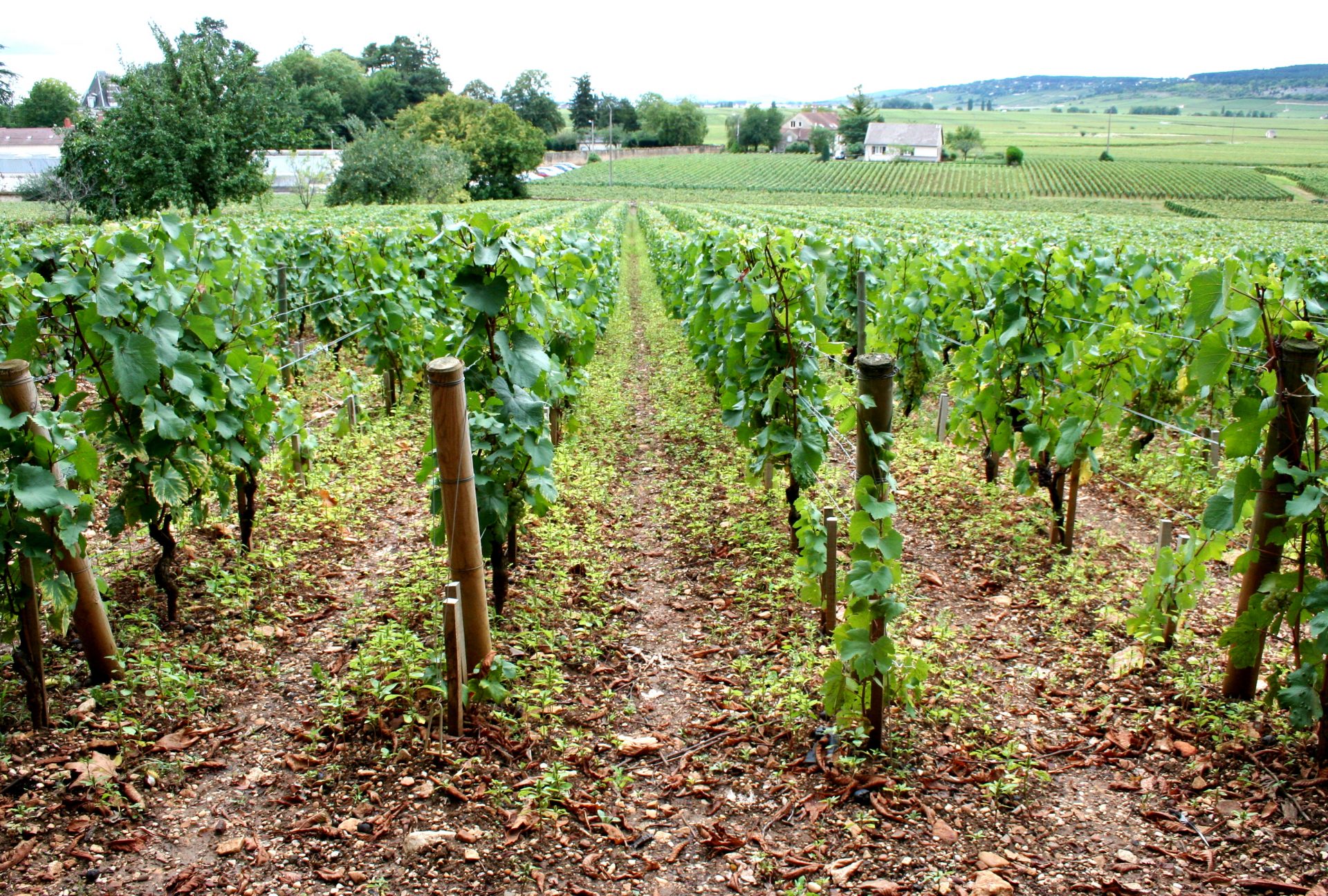The un(t)raveled somm
This is a column about drinking and about (not) travelling and about terroir. It is about my journey to the Court of Master Sommeliers Advanced Exam and about the wines and beers and whiskies I taste along the way.
Maps and Legends
Down the way the road’s divided
Paint me the places you have seen
Those who know what I don’t know
Refer to the yellow, red, and greenMaybe he’s caught in the legend
maybe he’s caught in the mood
Maybe these maps and legends
Have been misunderstood
– R.E.M. “Maps and Legends” Fables of the Reconstruction, 1985
When I began this column, I had not visited any wine regions outside of Canada. Now, I return having visited the region of Vinho Verde in Portugal for the first time this spring. I return to you (not) as a travelled person; truly, I still feel rather untraveled, but now, I have become a bit unravelled as well. I am unravelled by these recent travels; my theories and suppositions, my maps and legends, have been shipwrecked upon the rocks of new-found experiences. To fail so frequently and so well is also to learn.
The question which guides me is simple: Do you need to go to Portugal (Bordeaux, Burgundy, Barolo, etc.) to understand the wines of Vinho Verde? For the Minho winemaker, the answer is equally simple: yes. And yet, this simple answer raises a host of questions: ‘if you taste a hundred versions of a given wine without ever having travelled to where that wine is born, won’t you also come to understand that wine? Are there different kinds of wine knowledge? Is what the sommelier knows different from what the wine writer knows?’ It should be apparent that matters aren’t as simple as we wish them to be.
What does it mean to understand the wines of Vinho Verde? My first premise is that the wine is not the territory itself, no matter how much it may smell of it and come from it. Indeed, we say that wine is the expression of terroir, not the terroir itself. So, you could not be faulted for thinking that tasting as many examples of Vinho Verde wine as you can find in your safe Canadian home may also lead to understanding something about Vinho Verde wine. Does one need to get up and go to the Minho?
 When I was studying for my WSET Diploma exams, I used Google Earth to create fly-overs of every major wine region in the world. It was my way of becoming familiar with the landscape without ever having set foot in those places. So much of wine study is geography: oceans, rivers, hills, forests, geology, even political boundaries. Every wine exam almost always contains a blank map section for the student to test their knowledge of regions and borders. When our knowledge is tested, being able to recall information about that region is often dependent upon physical geography. Without question, wine people love maps. Yet perhaps the surest way of remembering that the hills in Alba are steeper than the hills in Asti, or that there is granite everywhere you look in the Minho, is to have been there. And if you haven’t been there? Can tracing the contour lines of a map or using Google Street View do the same for you?
When I was studying for my WSET Diploma exams, I used Google Earth to create fly-overs of every major wine region in the world. It was my way of becoming familiar with the landscape without ever having set foot in those places. So much of wine study is geography: oceans, rivers, hills, forests, geology, even political boundaries. Every wine exam almost always contains a blank map section for the student to test their knowledge of regions and borders. When our knowledge is tested, being able to recall information about that region is often dependent upon physical geography. Without question, wine people love maps. Yet perhaps the surest way of remembering that the hills in Alba are steeper than the hills in Asti, or that there is granite everywhere you look in the Minho, is to have been there. And if you haven’t been there? Can tracing the contour lines of a map or using Google Street View do the same for you?
Not only do we use maps when we study at home, we also use them when we are standing in the territory itself, in order to better orient ourselves. To be in the little town of Monção, standing atop the Torre de Lapela, looking out over the river Minho to Spain, the mind hungers for a map.
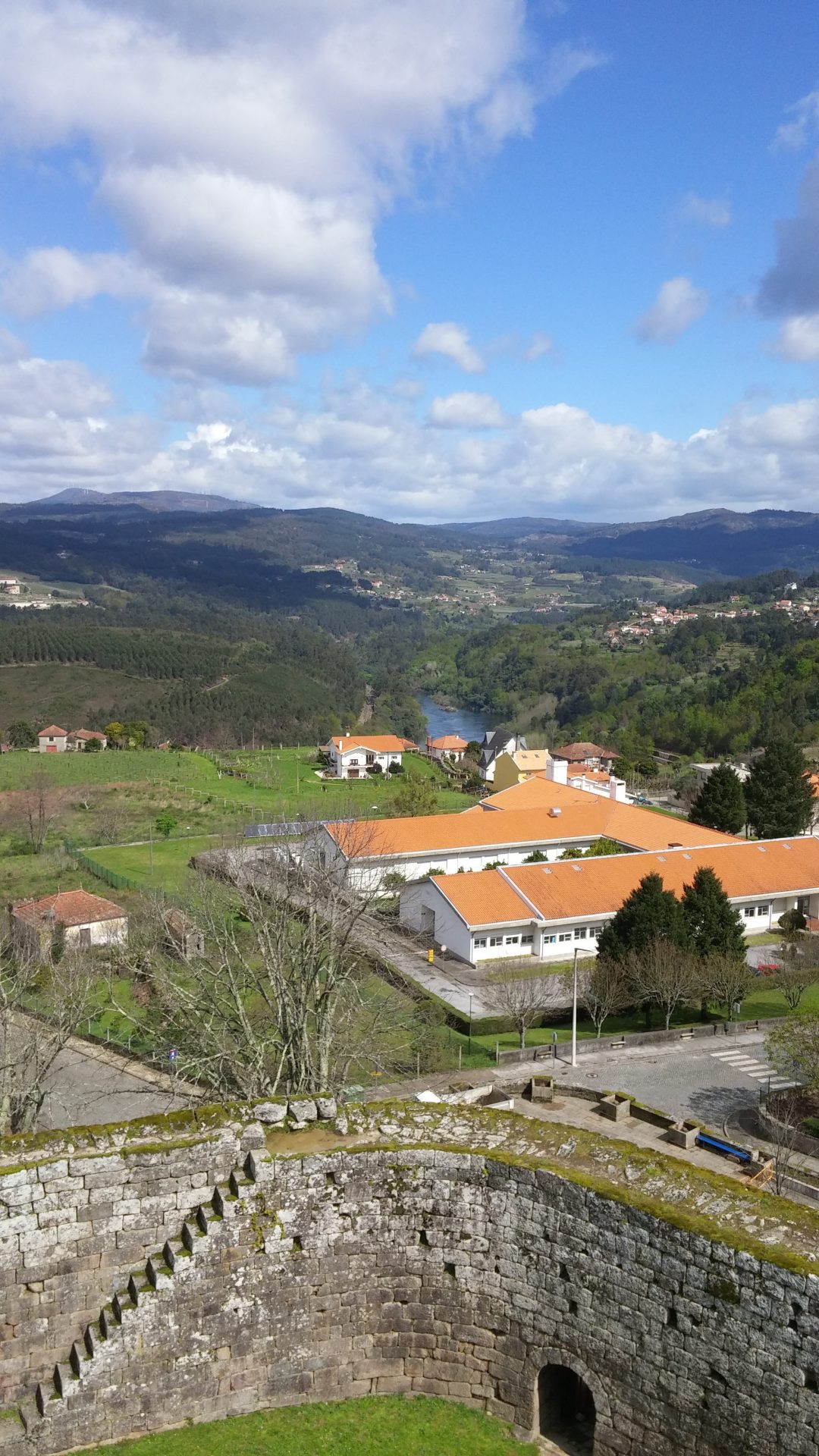
Looking towards Rias Baixas
I know where I am, but I want to see it. Where am I on this piece of paper? Where am I in this wine region? There is no better picture of the tourist than a person stopped on a street looking at a map.
Yet maps can also be useful to the person born and bred to the land. Winemakers map their vineyards, even though they already know each slope and cold spot intimately, because it is a way of articulating and formalizing the physical knowledge they already have.
So, we will not dispense with maps just yet. But can they tell me anything different from what a GPS can? Every map comes with a legend. A legend which is the key to understanding the map and interpreting its symbols. Decoded symbols of river, mountain, road, forest and human boundaries help us orient ourselves to the landscape. I would prefer, rather, to invoke the other meaning of legend; that of fable, story, and myth. The place you find yourself is not just a position on a map; it is also a position in a legend, in a story. Sommeliers love to tell stories about wine and the places that wines come from. The story, the legend, is the dream of terroir; terroir in a symbolic register. Put down the map, look up, and listen to the people of the land you are in. This is the other legend to a map which is not charted upon paper.
The legend of the Torre de Lapela (Tower of the Lapel) is that King Afonso Henriques, the first king of Portugal, ordered Lourenço de Abreu to build a castle “to defend the riverbank” in 1130. This only two years after the Battle of São Mamede, when Afonso defeated his mother and her lover who were in thrall to the kingdoms of Galicia and Léon across the river; in other words, Spain. All that remains of that castle now is the Torre de Lapela, the keep built sometime later in the 14thC during the reign of Fernando (1367-83). The main entranceway 6 meters up still bears his coat of arms.
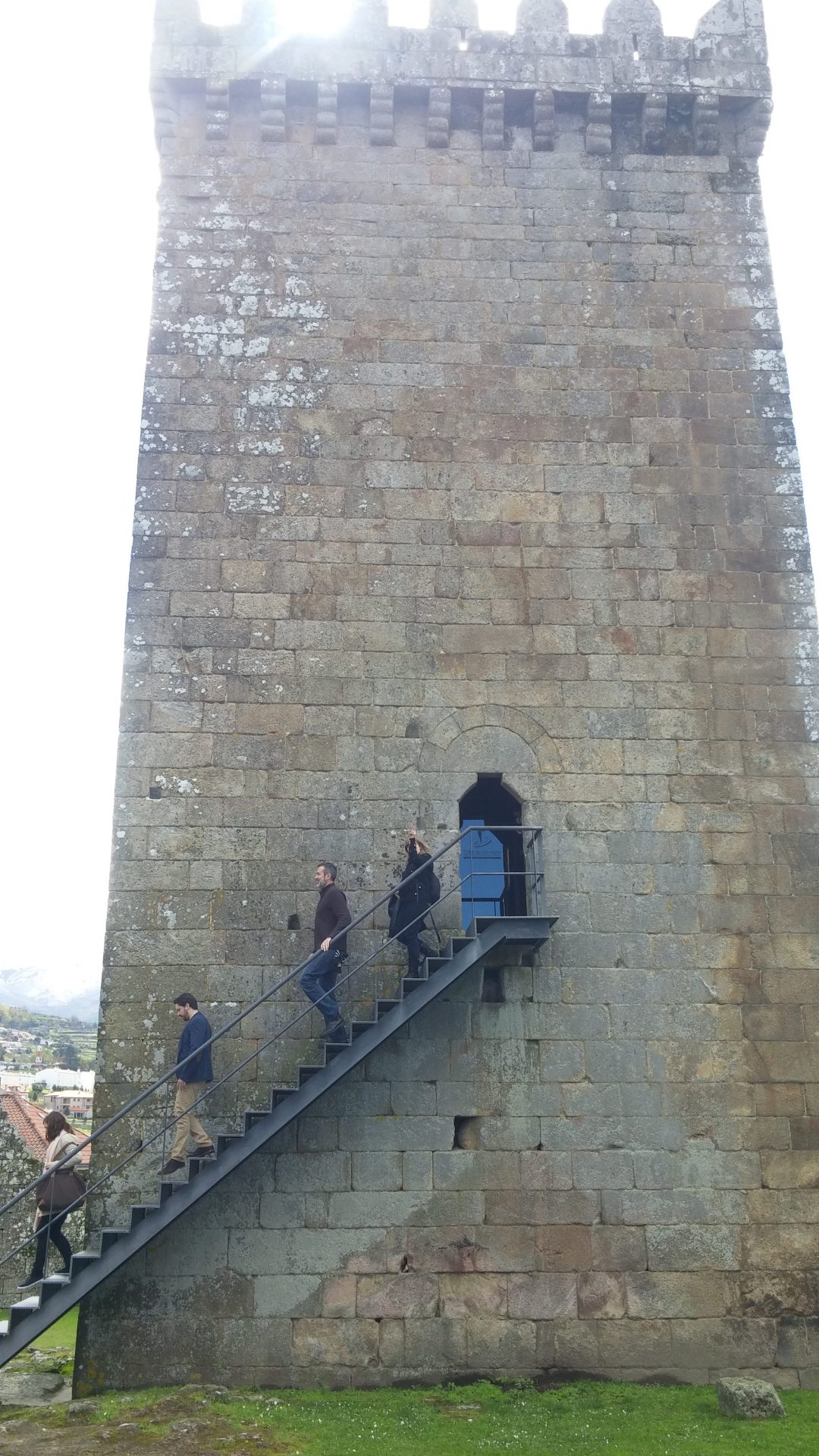
Torre de Lapela
On the other side of the river Minho is Spain and the wine region of Rias Baixas. Did the Portuguese feel under threat by Spain? Or was the building of this tower merely a show of strength and independence as the County of Portugal became the Kingdom of Portugal? This story, this legend, informs a very different kind of question: Albariño or Alvarinho? There is still something guarded about Portuguese winemakers when the comparison between the two wines is made some 850 years later. But to know that history, you need to understand the people who tell those stories.
They call Anselmo Mendes “Mr. Alvarinho”. If there is an argument for serious white Vinho Verde, the first winemaker most often cited is Mendes. Making wine across the region from Alvarinho, Loureiro, Avesso, and indigenous black grapes, Mendes also consults with several other wineries, sharing his 20-odd years of experience as widely as possible. He does not speak English well but his face is warm and generous, granitic, like the rock beneath his grapevines, weathered by sun and rain. Though Mendes has more experience with Alvarinho than any other winemaker in Monçao and Melgaço, he is ambivalent about his nickname, saying, “it is not the variety which makes the wine; it’s the climate, the terroir”.
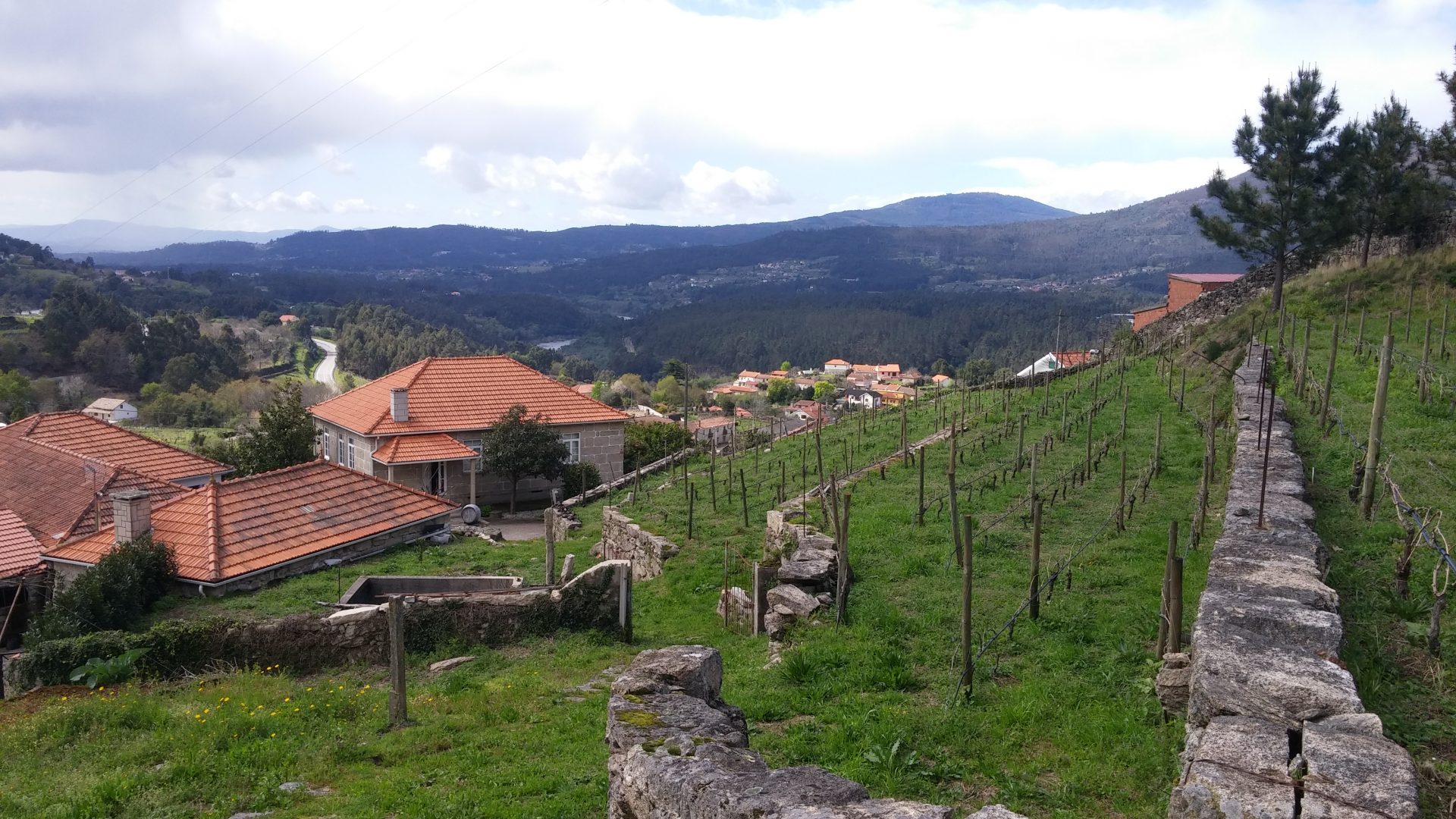
Anselmo Mendes’ home
Here, situated in his hillside home, below the terraced vineyard of Alvarinho, we are geographically at the northernmost point of Portugal, only a few minutes from the Torre de Lapela. Yet, Mendes’ Loureiro comes from the Atlantic coast, near the old port town of Viano do Castelo. His Avesso comes far from the south, on the banks of the Douro River where the mountains begin. Mendes notes that the important vintages here, near the Minho river, are the cool ones. Near the coast, the best vintages are the warm ones. I need a map.
The story of the tower built to defend the riverbank all those years ago is the story of Portuguese independence from Spain. This legend helps us navigate what is in our glass, because today the wines across the river still receive more attention, even if the wines of Monçao and Melgaço often outperform them in blind tastings. The Vinho Verde is not under an existential threat from the wines of Rias Baixas, but they still need to plant themselves firmly and declare their own expression.
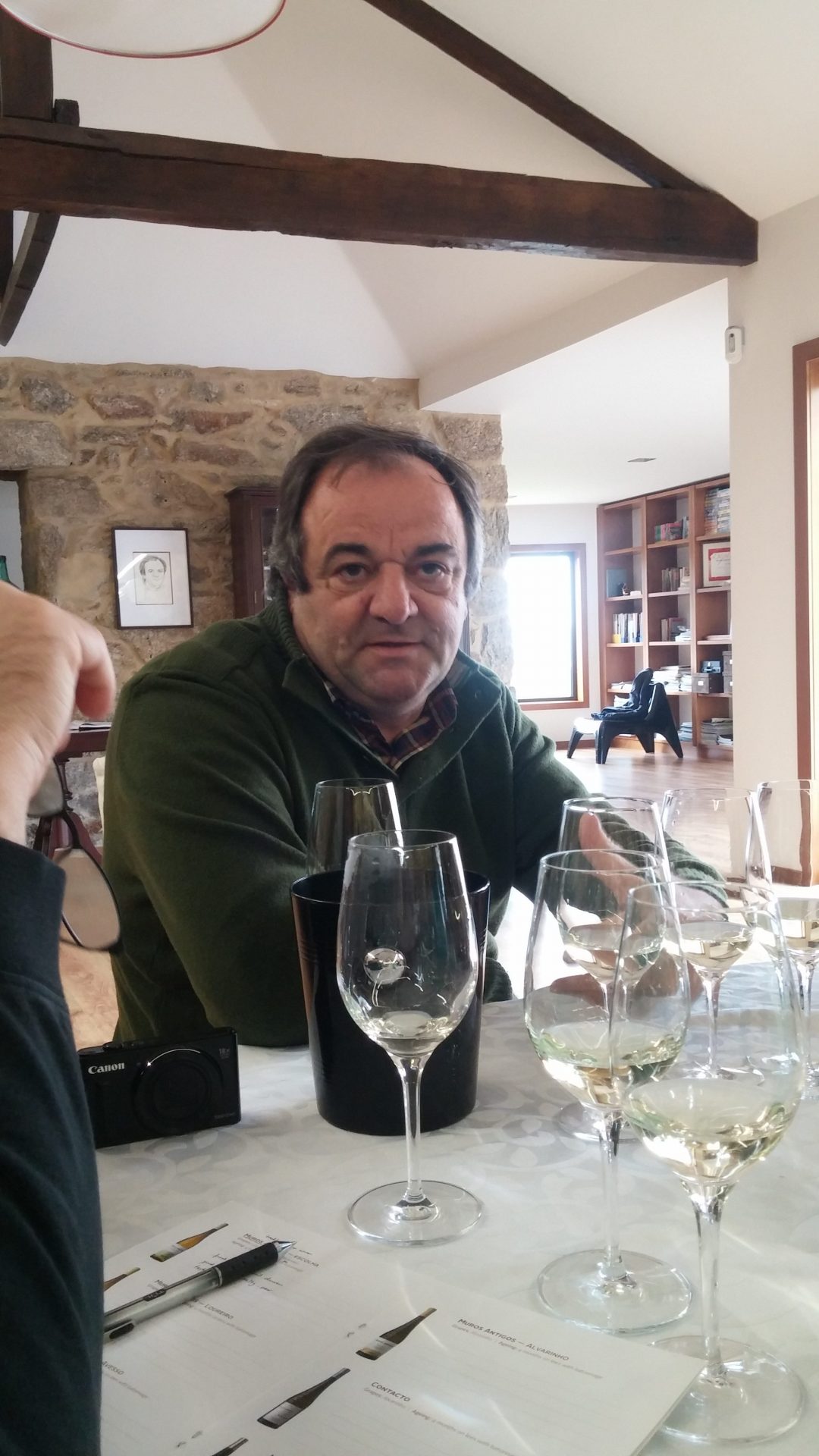
Anselmo Mendes
If wine is not the territory, could it then be like a map to the terroir? Could we find our place in a landscape through a liquid shared between people and at the centre of their stories? Could the different bottlings at Anselmo Mendes help place us in the hills of Monçao, or the granite slopes of Lima, or the mountainous Douro? If the wine is the map, then the context of that wine is the legend, the stories which help situate ourselves symbolically in relation to the wine.
As has been so often pointed out, we live in a very different world today than ever before. To be able to see the contours of a slope anywhere in the world from the comfort of your laptop, and indeed to virtually travel down a route des vins located 7,000 km away, is unprecedented.
Further, our connected world has now made getting lost nearly impossible. You have to try pretty hard to get lost these days. Even then, we are able to know where we are at any time if we wish; and being able to know is perhaps more of a comfort than actually knowing. If you hike into the hills and keep your phone turned off, it still radiates a lifeline of safety to satellites orbiting in space.
My abstract knowledge unravels as I stand in Anselmo Mendes’ home vineyard. I put down the paper map and look into the glass, taste the wine which maps Mendes’ own travels around Vinho Verde. To unravel also means to disentangle, to tease out the strands from a complicated knot, to puzzle something out, to solve a mystery. Macbeth, after murdering Duncan, yearns for “[s]leep that knits up the ravell’d sleeve of care”. The sleeve is the raw edge of a woven garment which often becomes tangled and a ‘ravel’ is a loose thread. Yet, it is not only sleep which has this power; writing is also a stitching up, a smoothing out of raw experience. Sometimes, in our attempt to tie up loose ends, to create sense with a perfect hem, one can still find that one thread, which pulled upon, unravels the whole.
This is the lesson I learnt from my un(t)ravelling: if we do not wander, we do not discover anything but the road which has already been prepared for us. If we do not allow ourselves to become lost a little bit, no map will ever help us find where we are. If we only drink what everybody else does, we will never broaden our horizons.
Anselmo Mendes’ wines are represented in Ontario by Terroir Wine Imports and a few can also be found in the SAQ.
Muros Antigos Escolha 2015
A blend of the three white grapes Mendes focuses on; 40% Loureiro, 40% Avesso, 20% Alvarinho. Subtle jasmine and bergamot on the nose; lean, intense, and salty and like all the other wines in this entry-level line, it sees 4 months lees contact with batonnage. The Avesso contributes a metallic, steely sharpness. A stand-out value at €2,50 ex cellar.
![]()
Muros Antigos Loureiro 2015
100% Loureiro; quite light but displays ample citrus fruit of lime and orange zest and a slight floral note. This is classic Vinho Verde and the lees contact adds a thin textural background for the citric fruit. For the patio. $16.70 SAQ.
![]()
Muros Antigos Avesso 2015
100% Avesso; only in its second vintage, this wine is closed on the nose but the palate opens up to reveal peach and green apple, the same lees contact giving a creamy mouthfeel with perhaps a touch of residual sugar set against the bracing acidity. €4,00 ex cellar.
![]()
Muros Antigos Alvarinho 2015
100% Alvarinho; slight copper colour, creamy, green tea, apple, and citrus notes. It is a rich and intense wine which shows a stony minerality and finishes long and warm and will change your mind about Vinho Verde. $21.70 SAQ.
![]()
Anselmo Mendes Contacto 2015
100% Alvarinho; this wine sees 12 hours skin contact and needs a little air to open up. There is some phenolic grip here amongst the intense fruit and the whole is very reminiscent of Chablis with stony minerality and orchard fruit and that lees contact. Terroir Wine Imports $273.60/case.
![]()
Anselmo Mendes Muros de Melgaço 2014
100% Alvarinho; take the Contacto and put it in used French oak (2-3 yr old barrique and hogshead) on lees for 6 months. Mendes uses all the lees, not just the fine. The wine is rich and gripping, perhaps a little too phenolic and the fresh citrus of Alvarinho is rather obscured. Impressive depth and length. €8,50 ex cellar.
![]()
Anselmo Mendes Expressões 2014
100 % Alvarinho; 6 months in used French oak on lees; a truly substantial wine, with intense colour and perfume; lemon, jasmine tea, it is light and fragrant with great structure between the acidity and wood and only slightly disappears mid-palate before continuing to an elegant finish. €12,50 ex cellar.
![]()
Anselmo Mendes Curtimenta 2013
100% Alvarinho; the name means ‘extraction’ and it sees 9 months in used French oak on lees and 12 hours of skin contact; the oak gives baking spice, butterscotch as a background for pear and apple; it is phenolic but not bitter and shows a lovely creaminess. €12,50 ex cellar.
![]()
Anselmo Mendes Parcela Única 2013
100% Alvarinho; from Mendes’ most prized vineyard in Monçao, the wine is barrel-fermented, 9 months used French oak on lees; intense notes of citrus and floral, the classic lime and jasmine tea with a slight phenolic grip, sapidity, and creamy mouthfeel. The wood is very well-integrated and it is long, elegant, and deep. SAQ $49.00 (2012, 2011 vintages)
![]()
(All scores are out of a possible five apples)
 Christopher Wilton lives in Peterborough and is a wine sales representative for the Small Winemakers Collection, a wine educator at Durham College, a server, and the regional liaison on the CAPS board of directors. He is certified with CMS, is almost finished his WSET Diploma, and has his CSW.
Christopher Wilton lives in Peterborough and is a wine sales representative for the Small Winemakers Collection, a wine educator at Durham College, a server, and the regional liaison on the CAPS board of directors. He is certified with CMS, is almost finished his WSET Diploma, and has his CSW.



